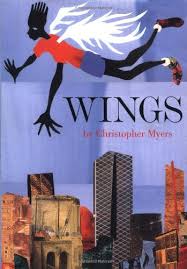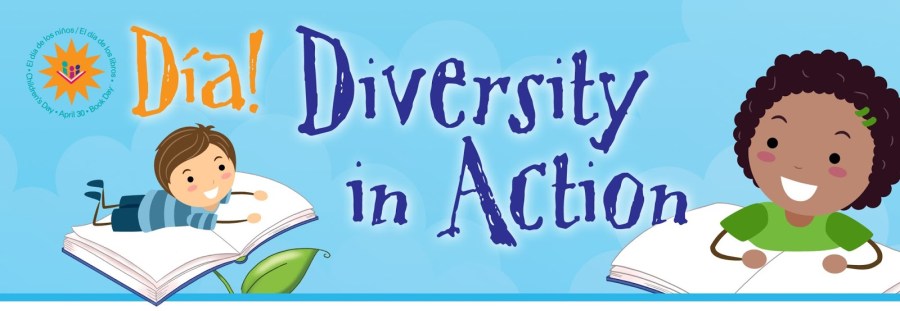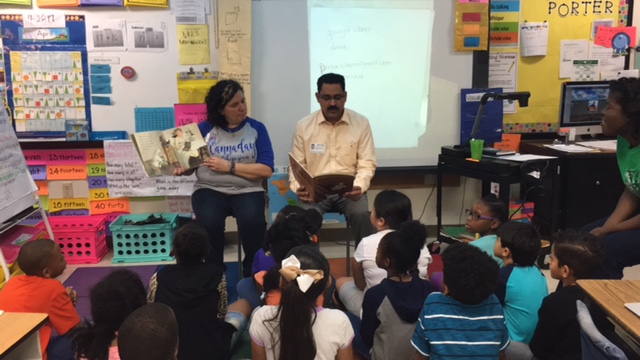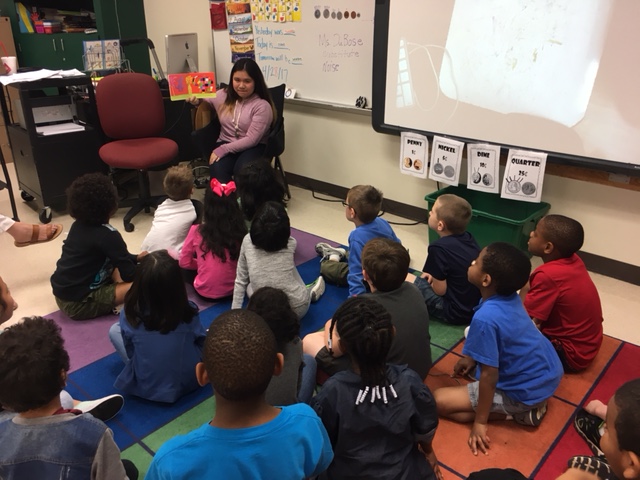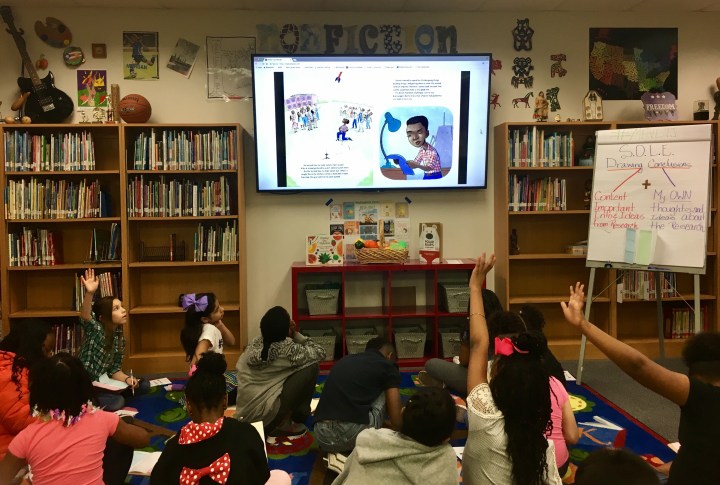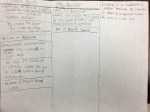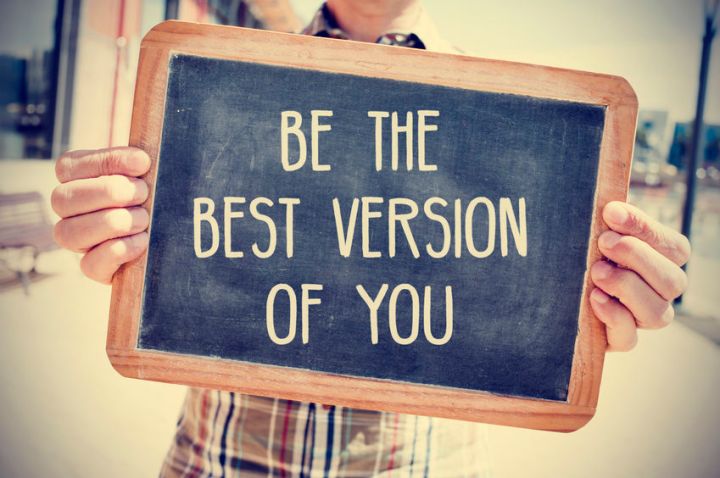As the new school year zooms in, I am working fast and furiously to get our school library ready for my elementary geniuses, but I’ve also set some time aside for soul-searching and reflection. I’ve used as a platform for said reflecting the wise words of three men, two of whom I had the amazing experience to listen to live: Dav Pilkey and Levar Burton; and one whose words I read in the form of his Newbery Acceptance Speech, Matt De La Peña.
I am focusing on what Dav Pilkey made me think, feel, and reevaluate, as I am writing right now. I am attempting to be as honest as I know how, so in the interest of full disclosure, although author Dav Pilkey is hilarious, a gifted author, a talented illustrator and an amazing presenter, his life experiences as a reader made me feel…shame. I will not deny that I have participated in some of the behaviors that made little Dav HATE, yes, that’s what he said, HATE reading.
Here are my notes on Dav Pilkey’s presentation (in red is where I turned red when I admitted I had done this too, at some point in my teaching career.)
Dav Pilkey’s life’s passion and career wasn’t inspired by his teachers or librarian, who did not understand or know how to help him. They did however label his behavior:
When he was a boy his view on reading was shaped by:
- He was expected to find something he wanted to read during reading time in the library in five minutes or less. (Ten minutes is the average time my students have, sigh, sigh, sigh, I know what he went through is something some of my students go through, I try to make up for it, I dedicate more time to them, but still, they struggle.)

- His librarian pointed out how she wanted him to choose books that were a little more “substantial.”
- Reading in the classroom out loud got him all stressed out, he would get so nervous, because he couldn’t keep up with everyone else.
- He was labeled for his behavior that had much to do with having ADHD and dyslexia, unknown widely in the 70s.
- He’d come from school distressed, sad, feeling he hated reading, why did he have all these problems, why did they make him read all the time?
What turned it all around? His mom, became his substitute librarian. She would comfort him. She would make up for the frustratingly painful reading experience at school by taking him to the public library and letting him choose WHATEVER he wanted to read. “Instead of focusing on what I was reading she thought it was more important that I was reading. It didn’t matter if it wasn’t a “real” book, if I had read it before, if it was mostly pictures, it was whatever I wanted, how many times I wanted,” and with time and free choice “I discovered I liked to read. If I picked out things that I loved I would love reading.” (Pilkey, 2016) (I have tried to talk my readers into checking out another book rather than one I know they have read repeatedly. Look what reading the same books over and over again until he was ready to move on did for Pilkey! Rather than aggravate my reader by trying to convince him or her to “Let it go, let it go….” (cue the Frozen Soundtrack) I will be the one to let it go, and if anything, allow my reader to check out one more book beyond what they usually do in order to put the option out there.)
Children’s choice is thwarted by the notion that children need to:
- Read at their “level”
- Need to be challenged by the books they read
55% of YA readers are adults. “How come no one ever gets on their case for reading below their reading level? Or for not challenging themselves with something more educational. I think If you ask these adults most of them would probably say our lives are challenging enough, we want to relax a little bit when we read, we deserve to have some fun. Exactly! Of course, they just want to read what they love.” (Pilkey, 2016) And why should it be any different for kids?
Junk Food…Junk Books?
There seems to be a common argument that there is such a thing as “Junk Books” that affect the body the same as “Junk Food”. “Since food and books are the same thing. Well, actually they’re not and that is the problem with this argument. Our brains don’t assimilate the value of books in the same way that our bodies utilize the nutrients in food. It’s completely different and recently there’s been several studies that show this, that prove this and they backup the power of choice and they prove that while junk food does exist, junk books do not exist.” (Pilkey, 2016) (I have felt this way about certain books that are so incredibly popular, but NO MORE! Not since I heard Pilkey speak have I ever dared think some books are “Junk Books”! What my readers want, I will move heaven and earth to find, if we’ve run out of our library copies!)
The Amazing Results of Free Choice
A study by National Literacy Trust found that “…kids who pick out their own books and read for fun are more confident, more motivated, and they read more. And recently the Institute of Education they did a study and they found out that kids that make a habit of this do better at spelling, vocabulary and math. And the interesting thing about both these studies is it didn’t matter what the kids were reading, it didn’t have to be an educational book, it didn’t have to be at their reading level, it just had to be what kids chose themselves, it had to be what they loved, and it had to be a habit. And there have been so many studies like this that have come out and they’ve all come to the same conclusion,that when it comes to kids and reading there is no such thing as a guilty pleasure. And I think that’s kinda one of the reasons why I write the books that I write. I’m sort of, I’m kinda writing for the kid that I used to be. The kid who would stand in front of a school library shelf and just couldn’t find anything that they wanted to read. A kid who was almost convinced that he didn’t like to read.”(Pilkey, 2016)
Some Ideas on What Makes Dav’s Books so Widely Read
I learned that it wasn’t “that I didn’t like to read it’s just that reading was such a challenge for me it was so hard that I was only willing to go through that struggle for certain kind of books. I had developed a criteria when I was a kid of things, like a list of things that books had to have in order for me to consider them worthy of reading. And so, I actually remember it.” (Pilkey, 2016)
- Short Chapters. As a struggling reader there’s nothing more frustrating than reading for an hour and not even finishing one chapter. There’s a sense of accomplishment in reading for 20-30 min and finishing 3 or 4 chapters. It feels right.
- Tons of Illustrations: pictures are fun to look at, high picture to text ratio, but also pics help to discover meaning of the harder words because of contextual clues
- Humor.
- Coolness Factor- has to be something you are into to. In Dav’s case it was animals, monsters, robots, dinosaurs and/or mad scientists.
“There weren’t very many books that fit that criteria I had for great literature. And to make matters even worst my librarian she kind of had her own list of criteria for what would constitute an acceptable piece of literature.” (Pilkey, 2016)
When creating the books that he wished for as a child he combined his Kid List Criteria for Great Lit with the one his librarian had on what constituted quality literature:

Pilkey believes in the power of visual which is why he includes tons of illustrations to offer context clues; he uses the graphic novel format that offers small panels to give readers a break.
Although there has been a great amount of criticism over his books, he believes that:
“It only takes one book to change a child’s life even if it’s a silly one it’s all about love not levels.” (Pilkey, 2016)
Captain Underpants was the most challenged/banned book in 2013.
On the challenge and banning of books:
- “You shouldn’t say I don’t think children should read this book. You should say Idon’t think MY children should read this book. Self choice is the only way to grow a love of reading.”
References
Pilkey, D. (2016, April). General session III. Symposium conducted at Texas Library Association Open Libraries Opportunities 2016 Annual Conference , Houston, TX.

After the session was over I had to meet Mr. Pilkey, and as I stood in line I made what you see me holding in the above picture. Brandon is a third grader, who is exactly like Dav when he was a boy. Brandon ONLY wanted to read biographies about wrestlers, and there’s only so many of those titles we have in our collection. He would get frustrated with me when I had to inform him that someone was waiting the John Cena biography he wanted to check out for the seventh time and that he’d have to find another book this week. Brandon would wander around the library until it was almost time to leave, before he forced himself to pick something I knew he wouldn’t read, to substitute for the Cena biography he wouldn’t be able to recheck out that week. I had begged him to give me a chance, I swore that everything I recommended was exclusively because I had read and loved it, but the dude wouldn’t budge. I’ll confess, Brandon had me in tears, and after our reader relationship grew, I told him as much.
When I received the newly colorized Captain Underpants Collection I had a hunch that it might grab Brandon’s attention. He was now reading the same two graphic novels repeatedly, Jimmy Sniffles by Bob Temple. When Brandon’s third grade class library time came, I told myself I had to keep my cool, if Brandon noticed I was too sure of winning this session of “Mrs. Ro recommends for thirty minutes and Brandon says “No!” to every single suggestion”, I’d be doomed and reaching for a tissue and/or hiding in the AV Closet for a session of grunting-in-place-of-screaming-in-frustration, in thirty minutes. Brandon had once mentioned he sorta, kinda liked Captain Underpants, but had read the only two titles (that’s a whole other post people, remember it was my FIRST year there) we had, and that was that. So, I took him to the little office behind the checkout counter and said all hush hush, mysterious, this is between you and me, “These just came in. I know you read one of them but look, Brandon, it is a colored edition. It makes it so much more hilarious for some reason. Now, if you don’t want them, it’s cool, because I have a list of kids who are desperate to get their hands on them. I told them I was holding them for someone, you, but it’s totally cool if you don’t want to be the FIRST to open these books and read them.” I swear I was nonchalant about the whole thing, no one would have noticed that I had been relishing this instant since Monday, it was now Thursday.
Brandon tried to hide his smile, he has this thing about not smiling, but I knew I had got him! I’d be hiding in the AV Closet in 30 minutes but it would be to dance and cheer at finally, finally getting this kid to give me a break! And… I thanked my lucky stars that Dav Pilkey wrote the books that he wanted to read when he was a kid, and our readers want to read today. Dav Pilkey’s colored edition of Captain Underpants helped Brandon start uncovering his reader identity. He wanted to read funny, he wanted to read about boy characters doing outrageous, yet plausible, things. He decided to give my recommendations a chance and now he visits the library three times a week because he’s done with the books I’ve recommended, or one he picked up on his own. I had told Brandon I’d meet Pilkey at the TLA Conference this year, and he was like “Yea, no.” So I had to prove I meant business, which is why I wrote the message I held in the picture, and waited in line to get a signed copy of Dog Man to gift to Brandon.
Dav Pilkey’s story and my experience with Brandon taught me that letting kids choose is the right thing to do for my readers, and that’s all I ever want to do by them. Now I am trying to get teachers to stop dictating what their students can check out during library time, it’s an uphill battle, but Dav Pilkey’s wise words, the research he shared, and what he did for Brandon, are my weapons, and I believe they are powerful ones.

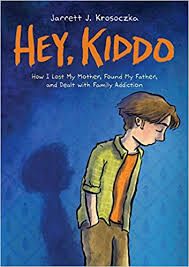




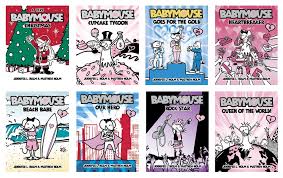












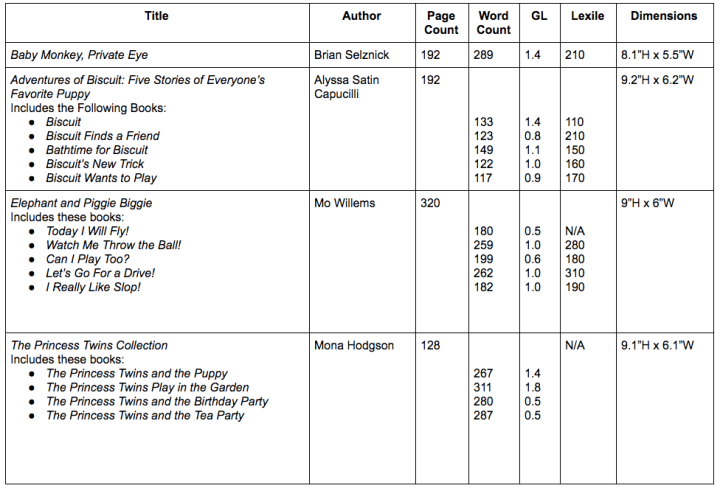

 I had to screenshot the GoogleDoc because it would not keep its formatting. Here is the link to the document if you’d like a copy:
I had to screenshot the GoogleDoc because it would not keep its formatting. Here is the link to the document if you’d like a copy: 






